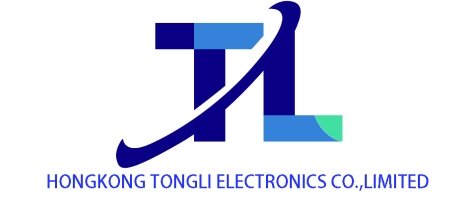DDR4 RAM Market: Current Landscape and Future Trends
In the fast – paced world of technology, the DRAM market is constantly evolving. Currently, as DDR5 adoption is on the rise, DDR4 RAM still holds a significant position in the global memory ecosystem. Its reliability, affordability, and wide compatibility have ensured its continued relevance.
The DDR4 RAM market has been on a growth trajectory. It is projected to expand from USD 27.79 billion in 2024 to USD 38.76 billion by 2032, with a Compound Annual Growth Rate (CAGR) of 4.24% during the forecast period. This growth is driven by several factors.
One of the main drivers is the rising demand for high – speed computing. Modern applications, such as software development and AI model training, require memory modules with low latency and high throughput. DDR4 RAM meets these requirements in both personal computers and enterprise systems. For instance, in software development, developers need fast – processing memory to speed up the compilation and testing of complex codebases.
The growth of cloud computing and data centers has also significantly contributed to the demand for DDR4 RAM. As businesses and governments increasingly migrate their services to the cloud, the need for scalable and high – performance memory in server farms has soared. DDR4 RAM, with its favorable cost – performance balance, is widely used in these infrastructures. Data centers need to handle vast amounts of data, and DDR4 RAM helps in ensuring smooth data processing and storage.
The advancements in mobile and gaming technology have further boosted the demand for DDR4 RAM. The mobile gaming boom and the increasing popularity of high – end games on PCs and consoles demand devices with faster memory. Gaming laptops and desktops are often equipped with high – capacity DDR4 modules. For example, many popular gaming laptops come with 16GB or even 32GB of DDR4 RAM to enhance the gaming experience by reducing load times and enabling smoother gameplay.
The proliferation of 5G networks has also played a role. The development of new smart devices that rely on efficient memory management has increased the demand for DDR4 RAM, which offers enhanced bandwidth and reduced power consumption, crucial features in mobile and embedded systems operating in 5G environments. These devices need to handle high – speed data transfer, and DDR4 RAM enables them to do so effectively.
Moreover, the expansion of consumer electronics, from smart TVs to IoT gadgets, has led to a greater need for powerful and memory – intensive devices. DDR4 RAM provides a flexible and affordable solution for these products. Smart TVs now offer advanced features like 4K streaming and gaming, which require sufficient memory to function smoothly, and DDR4 RAM fits the bill.
DDR4 RAM modules are available in various configurations, with 8GB and 16GB segments being the most popular due to their cost – performance balance. Speed grades such as 2133 MHz, 2400 MHz, 2666 MHz, and 3200 MHz are common, with higher – speed modules being more favored by gamers and professional users. Different types, including UDIMM, RDIMM, SoDIMM, and LRDIMM, serve different markets. UDIMM and SoDIMM are prevalent in consumer markets, while RDIMM and LRDIMM are used in enterprise – grade servers.
Geographically, North America and Europe are dominant markets due to their advanced technological infrastructure. However, the Asia – Pacific (APAC) region, led by China, Japan, and South Korea, is expected to experience the fastest growth. This is attributed to its strong manufacturing base and the increasing usage of smartphones. South America and the Middle East and Africa (MEA) regions also show promising growth, albeit at a slower pace.
Recently, there have been significant developments in the DDR4 RAM market. The top memory chip makers, including Samsung, SK Hynix, and Micron, have been planning to end DDR4 production. Samsung announced in April that it would stop making DDR4 chips this year to focus on higher – end and more profitable DDR5, LPDDR5, and HBM memory. Micron also sent official notices to its customers that its DDR4 memory will reach end – of – life, with shipments gradually declining over the next six to nine months. Despite these companies ending production, the demand for DDR4 chips remains high. In fact, DDR4 prices have been surging in the open market, with rates jumping by as much as 50% in May. Micron’s chief business officer has warned of major supply gaps, which could potentially make DDR4 more expensive than DDR5/LPDDR5 chips.

